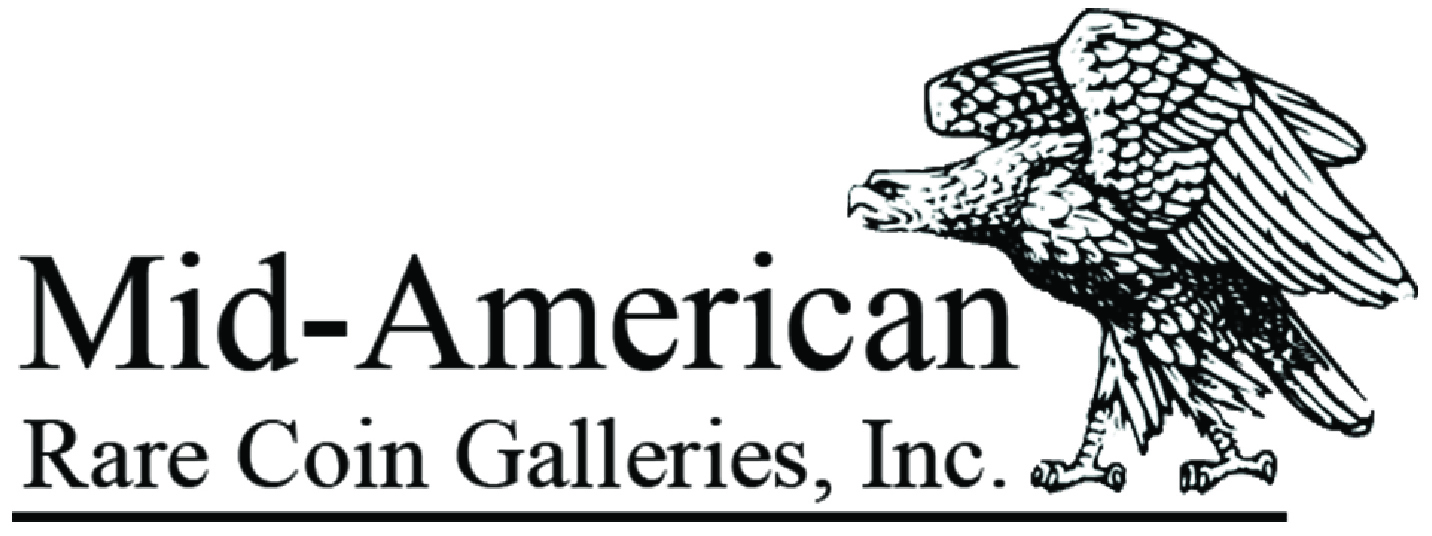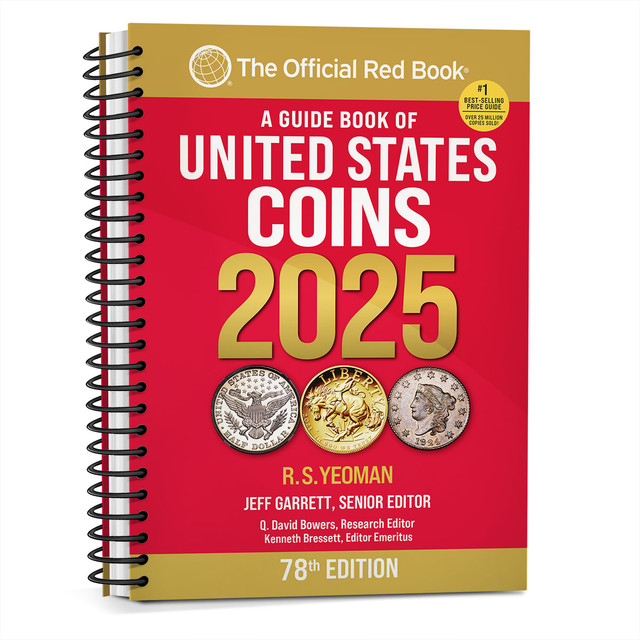Our Advice When Selling an Inherited Collection
Inheriting a coin collection can be a very overwhelming experience. It doesn’t have to be. Taking the process one step at a time and having expert guidance is a great way to make the experience more manageable. We are often asked the best practices and here’s what we recommend:
Organize the Collection
Getting a basic understanding of the collection that has recently came into your possession is the best thing you can do. The first step in understanding any size collection is by organizing it. There are many ways to go about this process. We recommend separating first by date.
The United States has changed the composition of minted coinage several times in history. Perhaps the most notable change was in 1964. This change removed the silver content from dimes and quarters as well as reducing the amount of silver in half dollars.
As a result, most circulated dimes and quarters minted since 1964 have no intrinsic value or collectable value. In 1970, the remaining silver content in half-dollars was removed. Silver dollars have continued to contain silver, and will have an intrinsic value based on the spot price of silver at the time of selling.
If its a smaller collection, this separation might be all you need to do in order to get an idea of what you have. If it’s a larger collection, the next step would be separating by denomination within decades, types (images on obverse/reverse) or another method that makes sense to you.
Research What You Have
Now that it’s easier to determine what you have, it’s a great time to start research. Be cautious about researching on the internet. Without knowing how to determine which online sources are reputable, it can be difficult to know if the information is reliable. We have some great websites here.
The Official Redbook, published by Whitman Publishing, is an excellent and affordable option to research any US coin. The book is used across the industry to set retail prices. Be aware that dealers do have margins between what they can pay for your coins and what the book may have the coin listed at. Mid-American founder and president, Jeff Garrett, is the senior editor.
With any research, keep in mind the value of any collectable coin depends on the grade, or condition, the coin is in. Bullion, or coins valued at the precious metal value, is not determined by condition but will fluctuate based on the market, or spot, price of the metal.
Get Multiple Opinions
With any service it can be difficult to know what a good outcome is. With coins, getting multiple offers is a great way to eliminate a lot of that uncertainty. Make sure to ask what a dealers fee for an offer is, many won’t have one if you’re looking to sell your collection, but it’s best to ask.
The coin industry is one that can be wide spread. Mailing your collection to a dealer across state lines, especially that you’ve never met, can be scary. This is actually pretty normal. Dealers, including Mid-American, are well insured. Organizations such as the American Numismatic Association and the Professional Numismatic Guild hold dealers accountable for honesty and transparency.
There are several resources that list dealers by state, city or specialty. A few online lists are: NGC Dealer Directory, ANA Dealer Directory, PNG Dealer Directory.
Decide How To Proceed
Now you have the information you need to generally understand what you’ve inherited. Many people choose to sell the collection they’ve inherited, but some may choose to hold onto the collection and become a numismatist themselves.
Many people choose to sell the collection they’ve inherited, but some may choose to hold onto the collection and become a numismatist themselves.
Whatever you decide, be sure you put time and a little patience into the process of figuring out an inherited coin collection, just as the collector who assembled it did.

